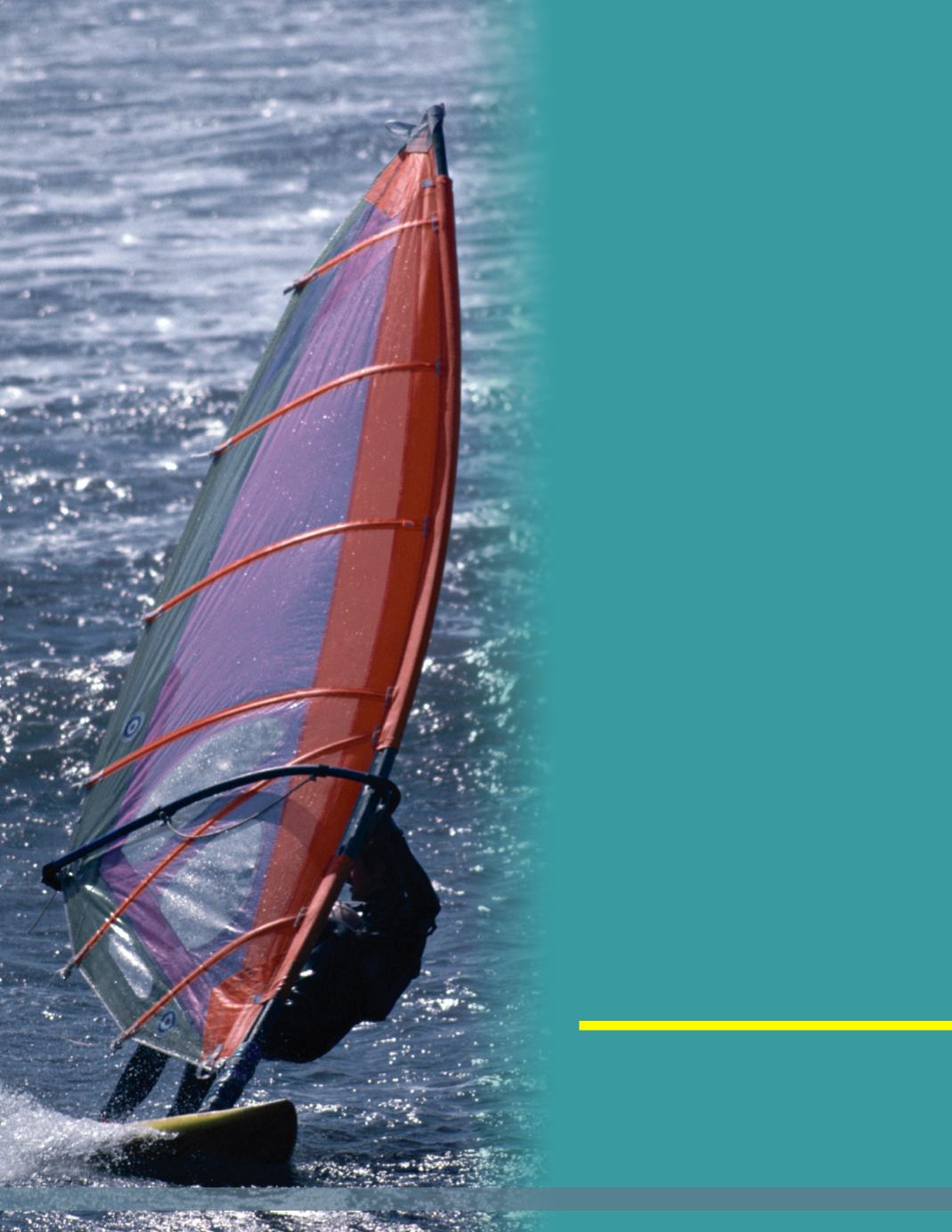
Lakes andWetlands
There aremany small lakes in
Pennsylvania. Most of our natural lakes
were created by glacial forces. Thousands
of years ago,
glaciers
covered the northern
parts of our state. As the glaciers slowly
melted and withdrew, they dug holes into
the landscape, which became filled with
water. Our largest natural lake located
totally within Pennsylvania is
Conneaut
Lake
in Crawford County. One notable
exception to the small lakes of our state is
Lake Erie
, which borders Pennsylvania to
its northwest. Formed by glacial action,
this lake is the fourth largest in the United
States. The entire Great Lakes systemwas
created by glacial forces.
There is another important part of our
environment that we do not think much
about. People who are helping to clean up
our environment are also asking us to save
our wetlands. A
wetland
is a lowland area,
such as amarshy or swampy place, that
holdsmoisture. Wetlands help prevent
flooding, clean our water supply, and
provide excellent food and shelter for
wildlife. Many of the nearly 200,000 acres
of wetlands are located in the northwest
and northeast parts of our state that were
once covered by glaciers. However,
wetlands can be found all over our state.
The
John Heinz National Wildlife Refuge
is
located onemile from the Philadelphia
International Airport.
Reservoirs and other water forms provide
Pennsylvanians and tourists withmany
recreational activities, such as fishing, boating,
swimming, and water-skiing.
Water Forms of Pennsylvania
13


